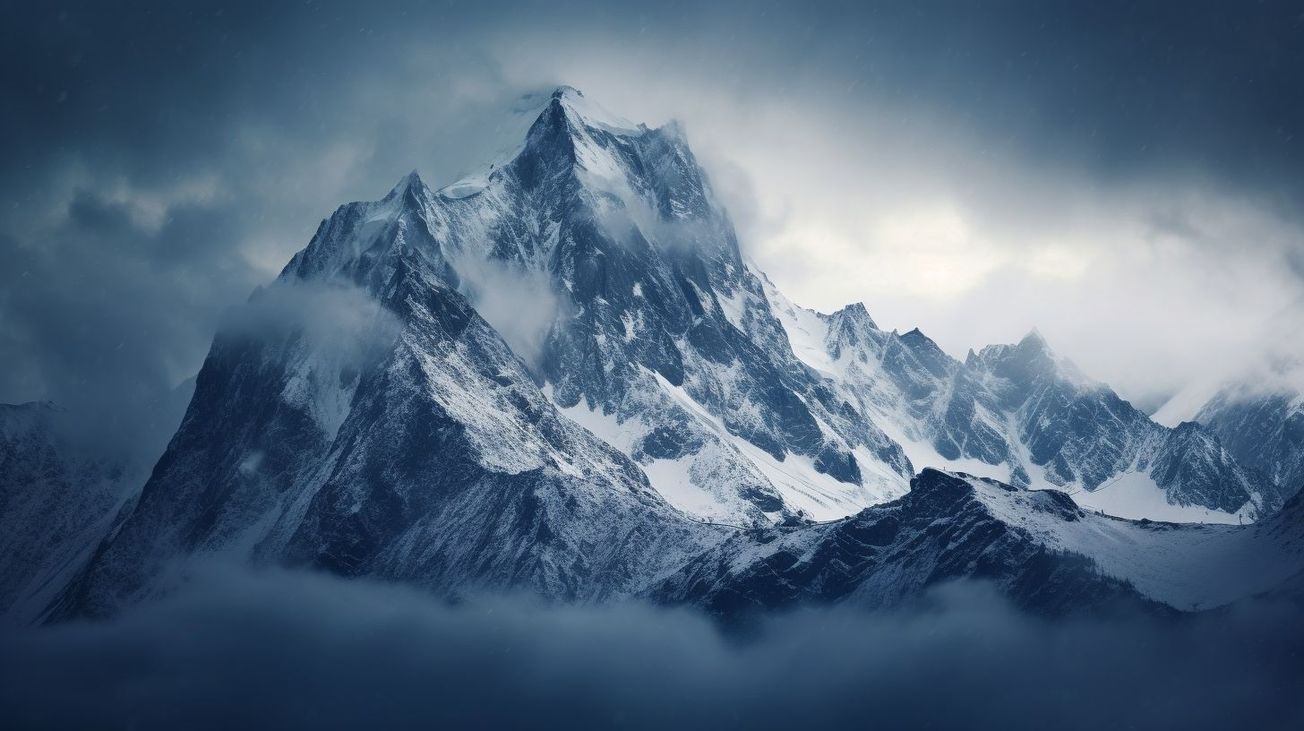Mont Blanc, the tallest mountain in Western Europe, has seen a significant decrease in its height over the past two years. Researchers have measured the Alpine peak to be 4,805.59 meters (15,766.4 feet), which is more than two meters lower than its highest recorded summit in 2007. It is important to note that the shrinking of Mont Blanc's summit should not be immediately attributed to climate change or the loss of glacial ice cover in the Alps.
According to Luc Moreau, a glaciologist from Chamonix, the climatic conditions at the summit of Mont Blanc are rather polar and do not necessarily represent global climate warming. He stated, "Mont Blanc could well be much taller in two years," suggesting that future measurements may show an increase in height.
Denis Borel, a member of the Mont Blanc team, also emphasized the need to remain humble about the impact of climate change on the mountain. The researchers conducting the study have been measuring Mont Blanc every two years since 2001 to analyze the effects of climate change. This recent decrease in height is not the first time such a large change has been observed.
The top of Mont Blanc is known to be dynamic, with variations in height exceeding two meters in the past. Cecile Taffin from the UNGE surveyors union described it as a moving dune. Measurements using satellite technology in September 2001 showed the mountain standing at 4,010.40 meters. The rocky peak reaches 4,792 meters, but the total height depends on the snowpack, which typically increases during the summer months.
However, this year was different. Farouk Kadded at Leica Geosystems noted that the snowpack remained virtually unchanged from June to September, despite the usual one-meter gain during that period. Positive temperatures and a record high of 10 degrees Celsius prevented the typical accumulation of snow.
The shrinking of Mont Blanc's summit serves as a reminder of the complex processes at play in our natural world. While climate change is an important issue to address, it is crucial not to jump to conclusions and attribute every phenomenon solely to global warming. By continuing to study and monitor Mont Blanc, researchers can gain valuable insights into the impact of climate change on mountains and glaciers.
The Alpine mountain of Mont Blanc has lost more than two meters in height over the past two years
Mont Blanc, the tallest mountain in Western Europe, has seen a significant decrease in its height over the past two years. Researchers have measured the Alpine peak to be 4,805.59 meters (15,766.4 feet), which is more than two meters lower than its highest recorded summit in 2007.





